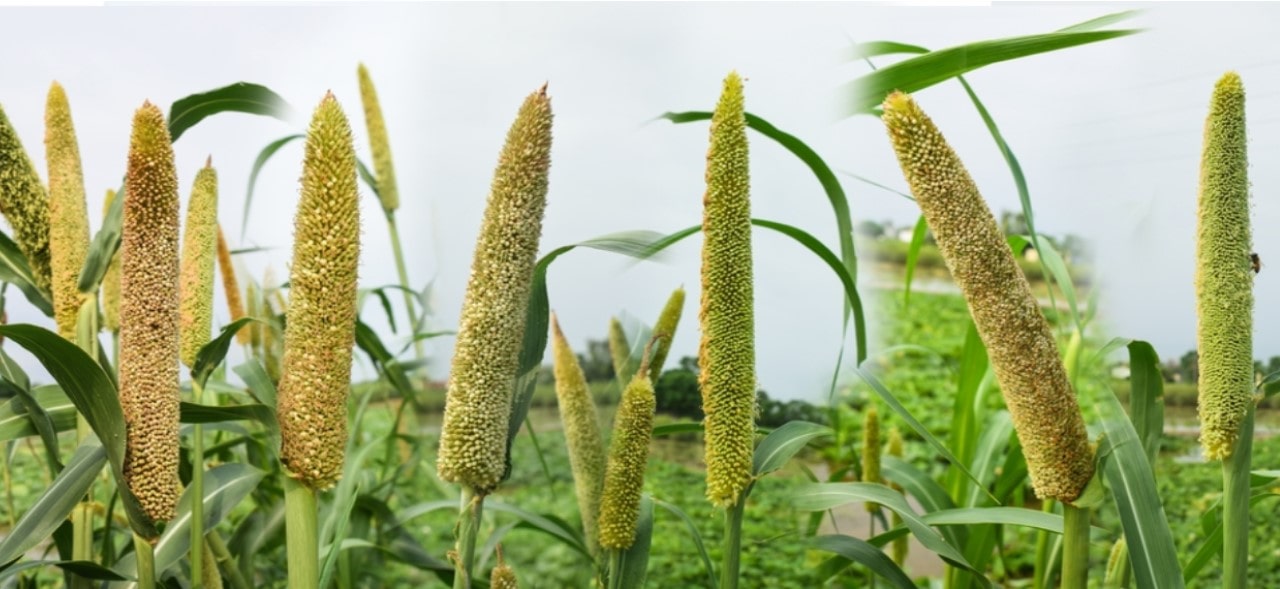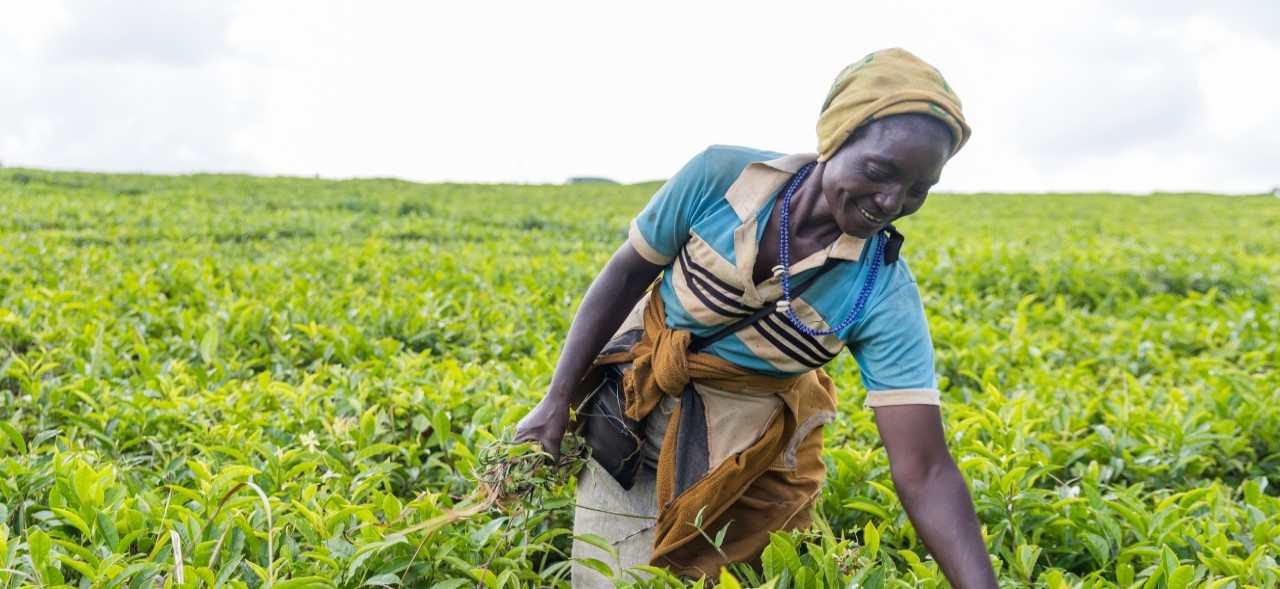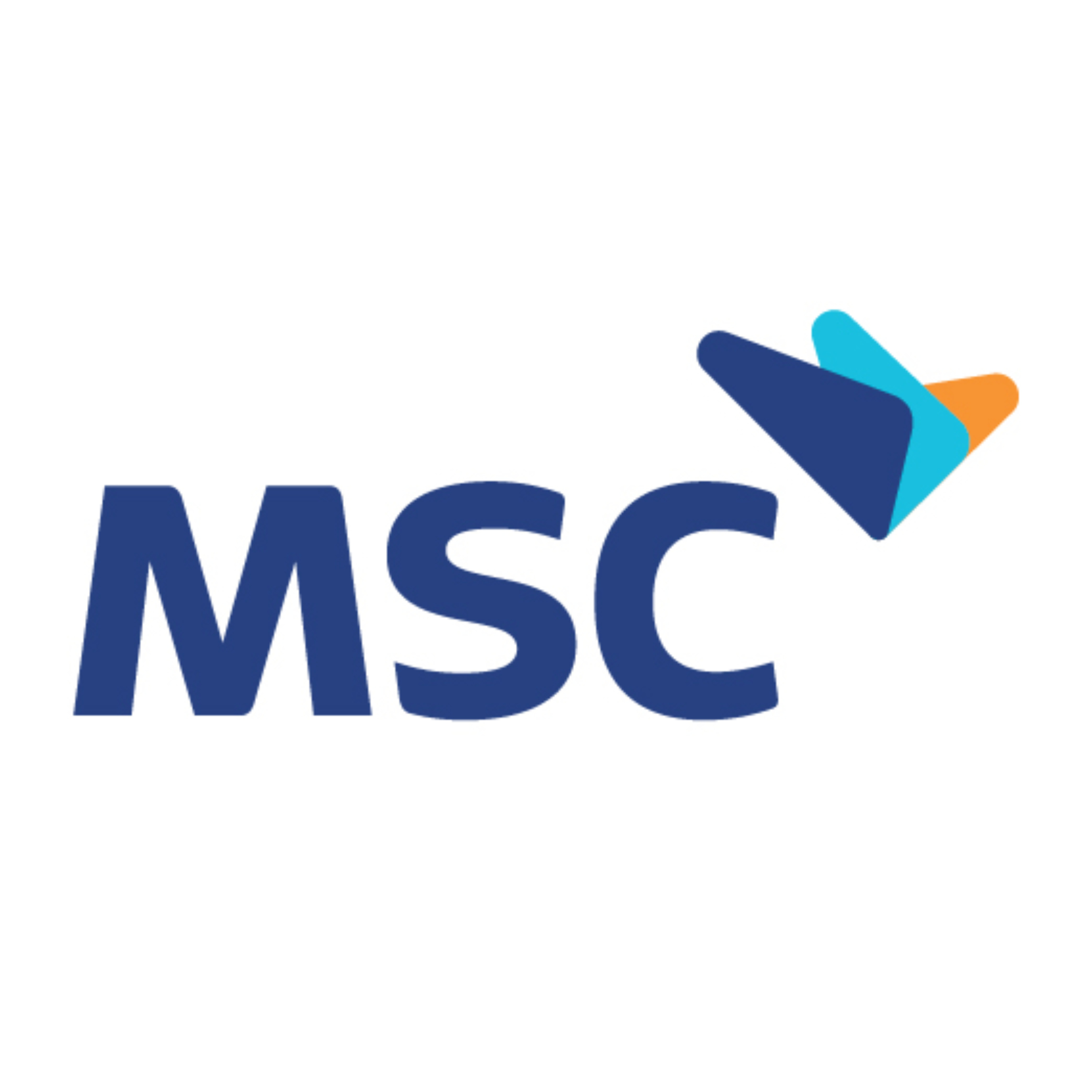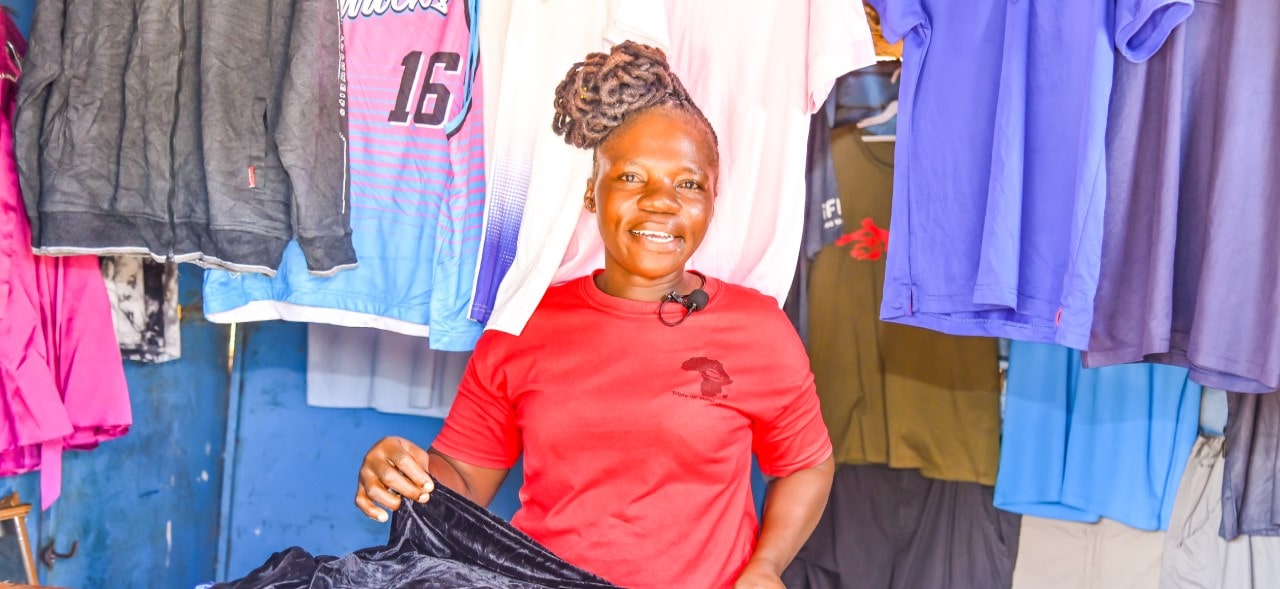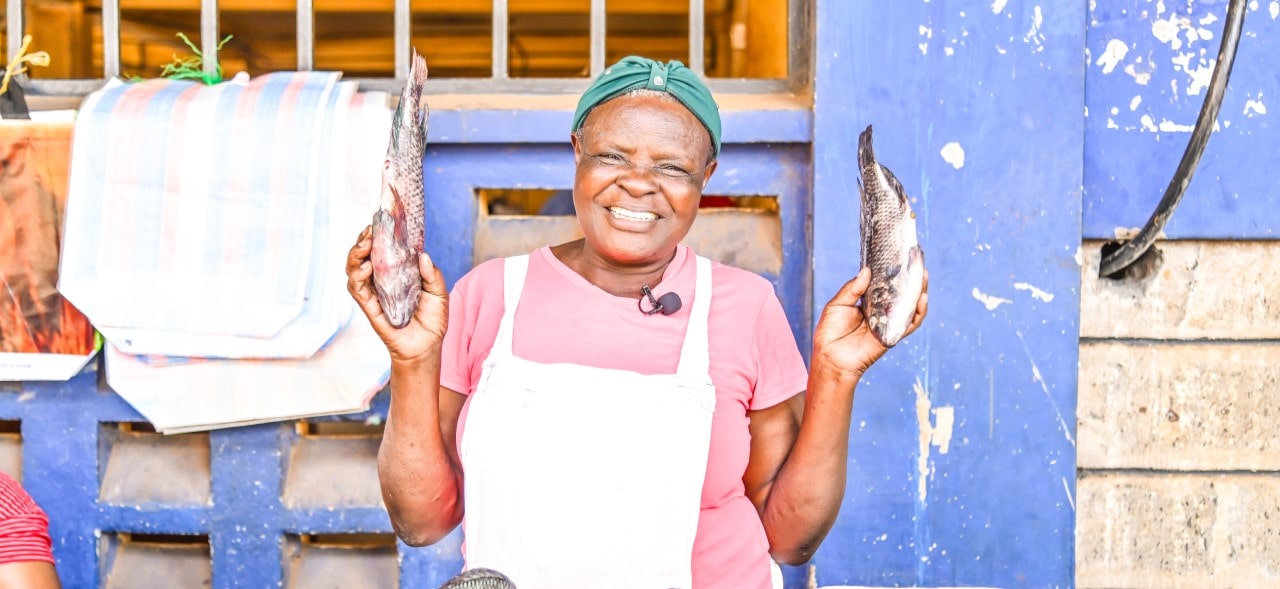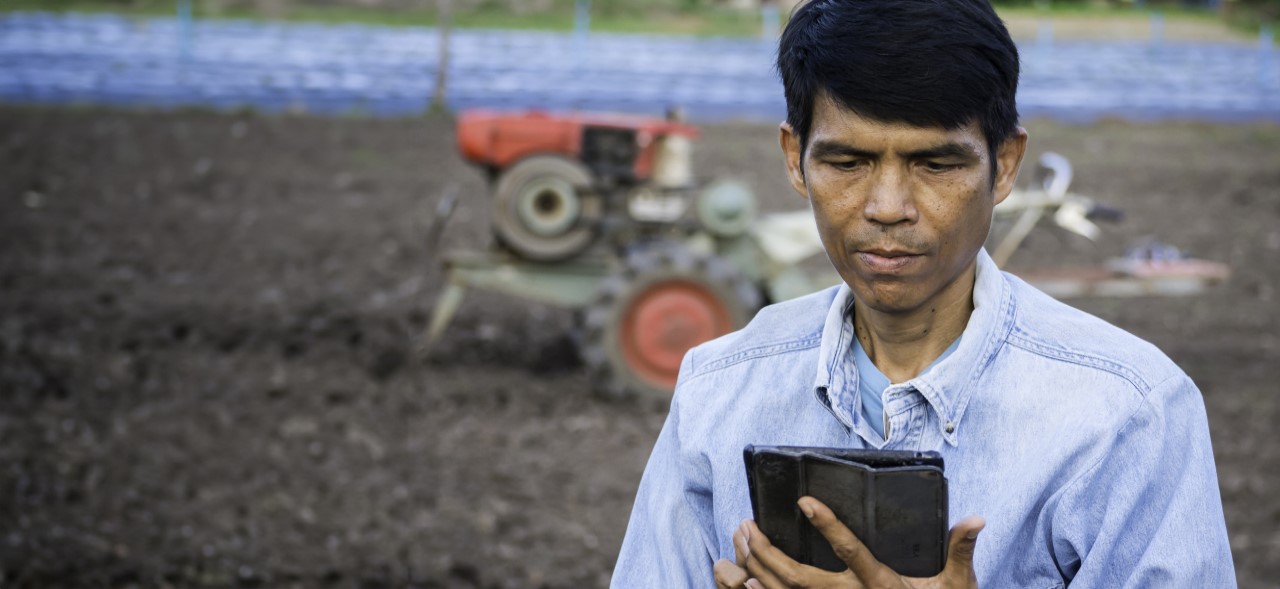Over the years, the Indian government has made significant strides in ensuring food security and satiating the hunger of millions of its citizens. In 2023-24, the Government of India (GoI) spent nearly USD 26 billion to subsidize food grains to nearly 800 million citizens. The GoI’s flagship National Food Security Act (NFSA) 2013 legally entitles up to 75% of the rural and 50% of the urban populations to receive subsidized food grains under the Targeted Public Distribution System (TPDS). NFSA also entitles nutritional support to pregnant women, lactating mothers, and children aged six months to six years under the Integrated Child Development Services (ICDS) Scheme, and school-going children aged six years to fourteen years under the PM POSHAN (POshan SHAkti Nirman) Scheme. However, despite these efforts, a nutrient-rich diet remains elusive for many. Data from the National Family Health Survey (NFHS-5) reveals alarming rates of anemia and malnutrition among children and adults alike.
The government has implemented several targeted interventions to address these dietary deficiencies, such as weekly iron-folic supplementation, vitamin A supplementation, rice fortification, etc. While these measures have had some success, there is an urgent need to bundle these interventions with prioritizing and ensuring diversity in household/individual food consumption and behavioral nudging. The GoI has taken significant steps towards nutrition security with the distribution of fortified rice and is now focusing on further diversifying the food basket by including millets in the TPDS, PM POSHAN, and ICDS. Additionally, some state governments have taken initiatives to promote millets under their respective state missions in different capacities.
Historically, millets comprised about 20% of India’s food grain basket until the late 1960s. Despite their superior nutritional value and health benefits compared to rice and wheat (refer to figure 1 below), millets fell out of favor due to low remuneration for millets vis-à-vis competing crops, their complex processing requirements, taste and texture, short shelf life, seasonal consumption patterns, etc. However, with growing concerns about nutrition and climate change, the government has again begun promoting millet cultivation and consumption.
The GoI notified millets as ‘Nutri-cereals’ in 2018 as they are not only a powerhouse of nutrients, but also are climate-resilient crops and possess unique nutritional characteristics. The United Nations General Assembly had even declared 2023 as the International Year of Millets (IYOM), thanks to India’s resolution and several other countries’ support. Hence, promoting millets and their inclusion in food and nutrition security programs is one of the strategies to improve nutrition and address the above challenges, aligning with global efforts to promote millets for their nutritional and environmental benefits.
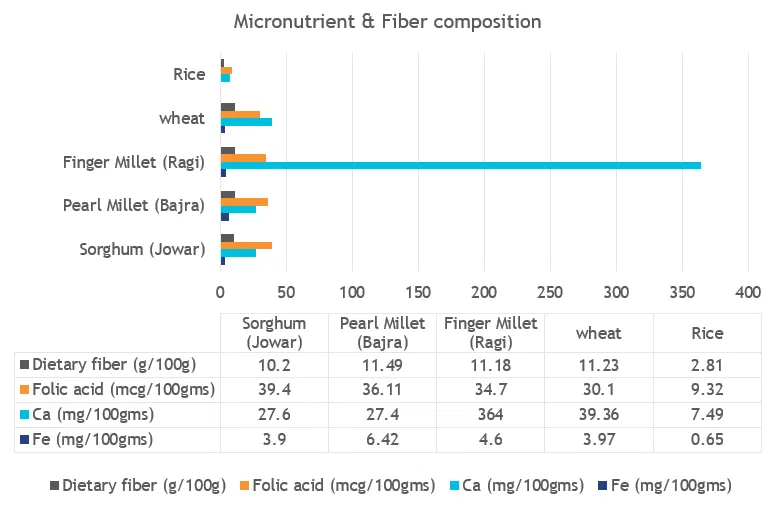
Millets are nutritionally superior, having more micronutrient and fiber content than rice and wheat
(Source: Indian Food Composition Tables, 2017, National Institute of Nutrition)
Initiatives undertaken by GoI to promote cultivation and consumption of millets
As per the third advance estimate 2023-24 of the Ministry of Agriculture and Farmers Welfare (refer to Table 1 below), India produced approximately 17.4 million metric tons of millet during the 2023-24 fiscal year. In comparison, its ongoing procurement under the Pradhan Mantri Garib Kalyan Anna Yojana (PMGKAY) is only 0.855 million metric tons (4.9% of the production quantity, as on 06th June 2024) (refer to Table 2 below) during the same fiscal year. The data underscores a significant gap and an opportunity to procure more millets for distribution under PMGKAY.
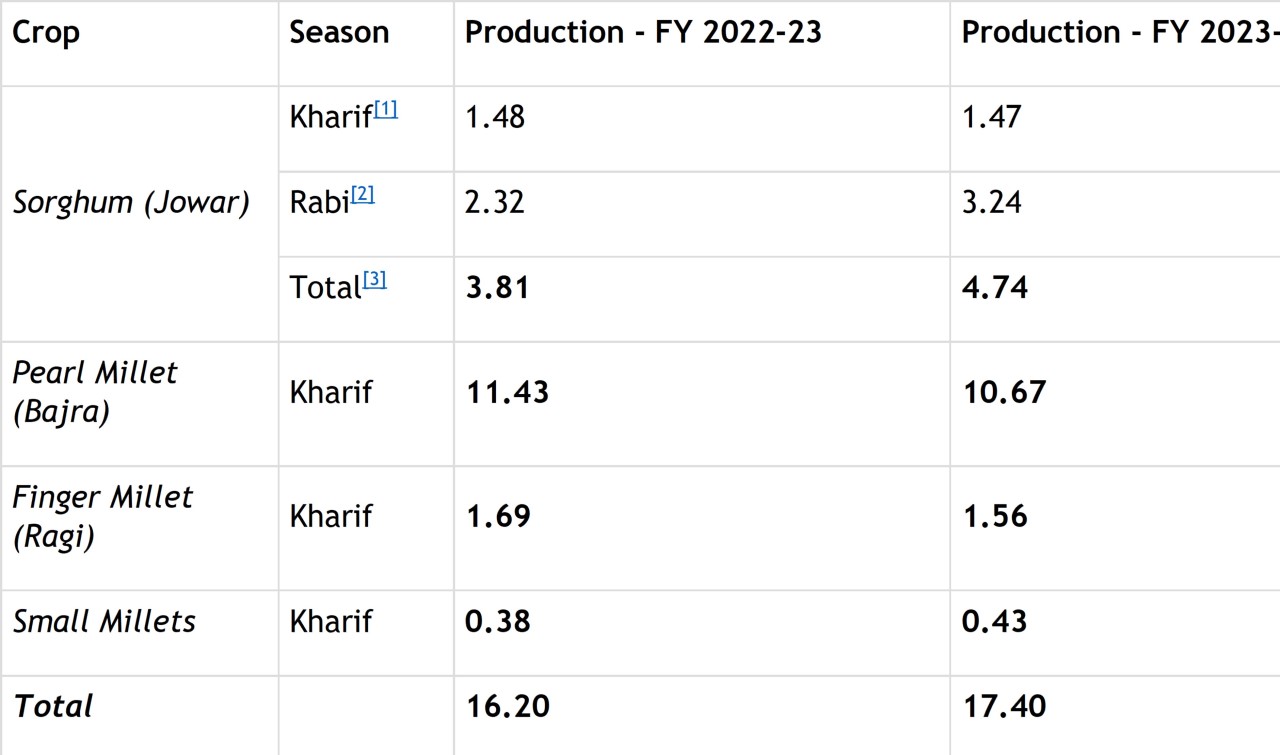
Table 1: Ministry of Agriculture and Farmers Welfare’s Third Advance Estimates of Production of Foodgrains for 2023-24 (in million metric tons as on 04.06.2024)

Table 2 – State-wise procurement of millets under PMGKAY (figures in million metric tons)
[1] Kharif crops, monsoon crops, or autumn crops are cultivated and harvested in the monsoon season. The farmer sow seeds at the beginning of the monsoon season and harvest them at the end of the season. i.e., between September and October.
[2] Rabi means spring in Arabic. Crops grown in the winter season [October to December] and harvested in the spring season [Aril-May] are called Rabi crops.
[3] Total includes the Kharif, Rabi, Summer, Rabi+Summer variety of Jowar.
[4] Procurement of coarse grains for 2023-24 is ongoing. The data is as on 06.06.2024.
Hence, the Department of Food & Public Distribution, Government of India (DFPD) has taken several measures to enhance agricultural diversity and food security by promoting the inclusion of millets under PMGKAY through the following key initiatives:
- Nudging states to increase millet procurement: DFPD has actively encouraged states to procure millets for inclusion in PMGKAY. This includes organizing national seminars and workshops. Moreover, DFPD has revised its procurement targets multifold to impress upon the states to start focusing on millet procurement.
- Increased minimum support price (MSP): DFPD has been promoting millet cultivation among farmers by consistently increasing their MSP for every procurement season over the last few years. If we compare the last 5 procurement seasons, the MSPs of sorghum and pearl millet have roughly increased by 25% and that of finger millet has increased by 22%.
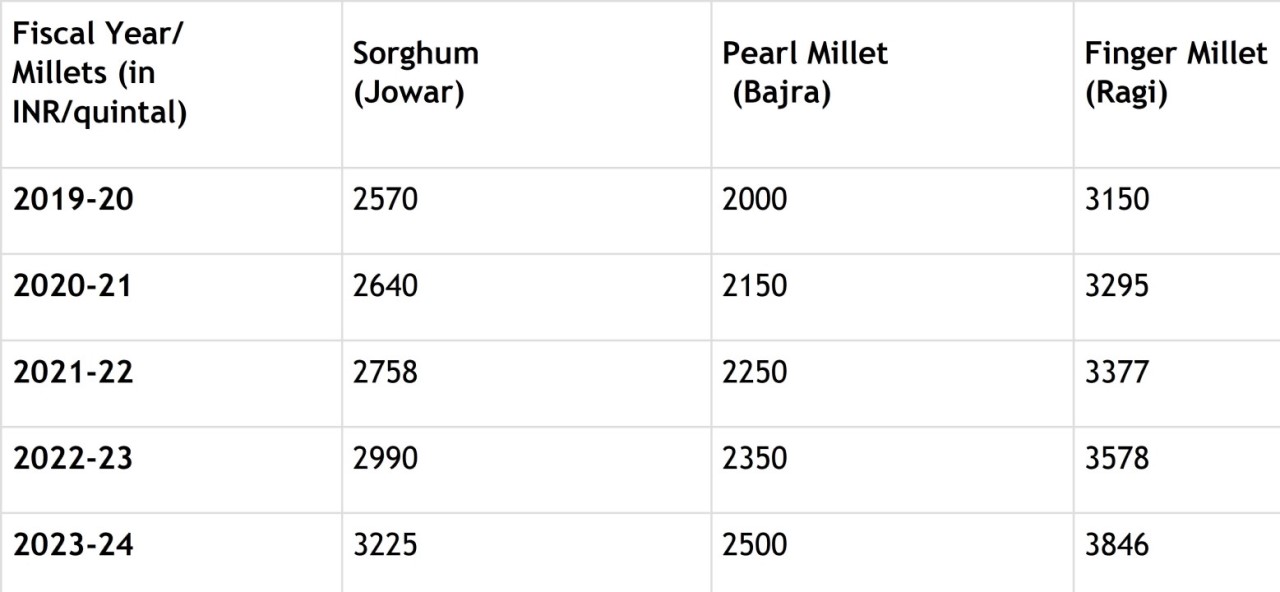
Table 3: Year-wise MSP of major millets (in INR/quintal)
- Inclusion of minor millets in MSP: DFPD’s decision to bring minor millets such as foxtail, proso millet, kodo, and little millet under the MSP umbrella ensures that farmers receive fair prices for these crops, similar to what they would for finger millet. This initiative is expected to boost the cultivation and production of these minor millets, thereby contributing to agricultural diversity and food security.
- Enhanced shelf life: To address supply chain constraints, DFPD has extended the shelf life of millets, allowing more time for transport, storage, and distribution. The enhanced shelf life for pearl millet (Bajra), finger millet (Ragi), and sorghum (Jowar) is a positive development. The shelf lives of millets have been changed from the earlier three months to:
- Bajra (pearl millet) – 9 months
- Ragi (finger Millet) – 10 months
- Jowar (sorghum) – 6 months (Kharif season) and 9 months (Rabi season)
- Inter-state movement of millets: DFPD now permits the inter-state movement of millets from surplus-producing states to deficit states through the Food Corporation of India (FCI). This facilitates the efficient distribution of millets to areas with higher demand.
- Standardization of Millets: The Food Safety and Standards (Food Product Standards and Food Additives) Regulations, 2011, initially set individual standards for a limited number of millets, including sorghum (Jowar), whole and decorticated pearl millet grain (Bajra), finger millet (Ragi), and amaranth. However, the FSSAI has recently established a comprehensive group standard that covers 15 types of millet. This standardization ensures the availability of high-quality millets in domestic and international markets, promoting their use in diverse food products.
These measures collectively aim to promote millets as an essential component of the Indian food system, both for their nutritional value and their potential to enhance agricultural diversity and food security. The increased MSP, extended shelf life, and standardization efforts make millets more attractive for farmers, consumers, and the food industry. This can contribute to a more diversified and nutritious diet for the population and support sustainable agriculture practices.
Hurdles in the Mainstreaming of Millets
Despite the number of critical steps undertaken by DFPD, the challenges regarding the mainstreaming of millets in India are significant and need to be addressed to realize the potential benefits of these nutritious crops. Here’s a breakdown of these challenges:
- Production-Procurement Gap: The large gap between millet production and procurement is fundamental. To incorporate millets into the food and nutrition security programs for NFSA beneficiaries, a substantial increase in procurement is required, which may currently exceed the annual procurement capacity. Even if DFPD decides to include 1 kg of millet per beneficiary in replacement for the existing entitlements under TPDS, it would require 0.8 million metric tons for approx. eight hundred million NFSA beneficiaries monthly, which is roughly the same at the current total annual procurement.
- Lack of open procurement policy for millets: The procurement of millets poses a distinct challenge. Surplus-producing states such as Rajasthan do not significantly buy millets from farmers. Once purchased, they face hurdles in disposal. The uncertainty about the amount they can distribute to other states hinders open procurement. This could result in a complicated and politically sensitive situation where the state selectively buys from farmers, thus avoiding procurement to evade a difficult situation.
- Understanding the consumption patterns and seasonality: Millet preferences and consumption patterns vary from state to state. Different millets are favored in other regions, and their consumption often depends on seasonal factors. For instance, pearl millet (Bajra) is majorly produced in Rajasthan and Haryana, and people in North India consume it usually during the winter season. Understanding these consumption patterns and seasonality is essential for effective procurement and distribution.
- Limited awareness about the health benefits of millets: There is a lack of understanding, particularly among rural populations, about the health and nutritional benefits of millets. Most of the rural population still believes that millet is a coarse grain. Decades have gone in classifying these grains as ‘coarse grains’ and were considered inferior to rice and wheat. Despite efforts such as the International Year of Millets (IYOM), there is a need to create awareness of millet’s nutritional and climatic benefits and bridge the urban-rural divide.
- Productivity challenges: Post-Green revolution, research and development have primarily focused on improving the productivity of rice and wheat. According to the global initiative Smart Food, millets have an average yield of 1,111 kg per hectare (ha). This is significantly lower than the yield for paddy and wheat, which are 2,600 kg and 3,500 kg per hectare, respectively.
Way Forward
Addressing the above challenges will require a multi-faceted approach involving government policies, awareness campaigns, research and development efforts, and state coordination. millets hold great potential for improving nutrition and food security and promoting sustainable agricultural practices. By overcoming these challenges, India can maximize the benefits of mainstreaming millet in its food and farming systems. Hence, we propose the following comprehensive and strategic approach to mainstreaming millets in social safety net programs (SSNPs) and addressing the challenges discussed earlier:
- Incorporate millets under PMGKAY in a phased manner: Currently, states have a limited procurement of millets, DFPD can incorporate millets in a phased manner. It can consider 112 Aspirational districts in the first phase, followed by the rest of the high-burden districts on stunting, raising the number to approximately 291 districts as done for Phase II of the rice fortification initiative in the country, and subsequently all the districts in the final phase.
- Collaboration with the states: Before the procurement season, the advance requirements and modalities of distribution, such as district finalization, period of distribution, etc., of all the states can be worked out jointly between DFPD and states. Accordingly, based on landholding and productivity estimates, clear guidelines can be drafted for maximum procurement per farmer.
- Consumer behavior studies and supply chain assessment: To understand the consumption patterns of different millets, consumer preferences, and seasonality patterns, detailed state-wise consumer behavior studies are required to build understanding. This will help effectively design the millet incorporation program into the PDS. In addition, the detailed supply chain readiness assessment will help gauge the state readiness for the roll-out of the initiative.
- Awareness campaigns: Launch awareness campaigns to educate urban and rural populations about millets’ health and climate benefits. Use a combination of below-the-line (BTL) and above-the-line (ATL) channels. The key is to ensure that all IEC campaigns are carefully planned, executed, and monitored with active feedback loops to ensure that campaigns are appropriately designed to convey the message. MSC’s work on the effective communication of government to people (G2P) benefit payments can provide important insights into this.
- Incentivizing millet farmers: Besides the guaranteed purchase of millet produce on MSP rates, GoI and state governments can incentivize farmers to grow millets to bridge the productivity and ultimately earning gap between millets and rice/wheat. For instance, Haryana and Punjab have launched a crop diversification program by providing financial incentives of INR 7,000/acre to farmers for shifting from paddy to less water-intensive crops. Along similar lines, other states may launch programs to incentivize farmers.
- Ecosystem development: Develop the millet ecosystem by promoting the creation of storage facilities, processing units, and an efficient distribution supply chain. Consider expanding schemes, similar to the production-linked incentive (PLI) scheme, to support these ecosystem components, including storage and supply chain development.
These recommendations offer a systematic approach to overcoming the challenges of mainstreaming millets, ensuring a coordinated effort between the central government and states, and involving consumers in decision-making. The aim is to promote millets as an essential component of India’s food security and nutritional strategy, ultimately improving the diet and well-being of the population while supporting sustainable agriculture practices.
The article was first published on Krishi Jagran website on 12th August 2024.
